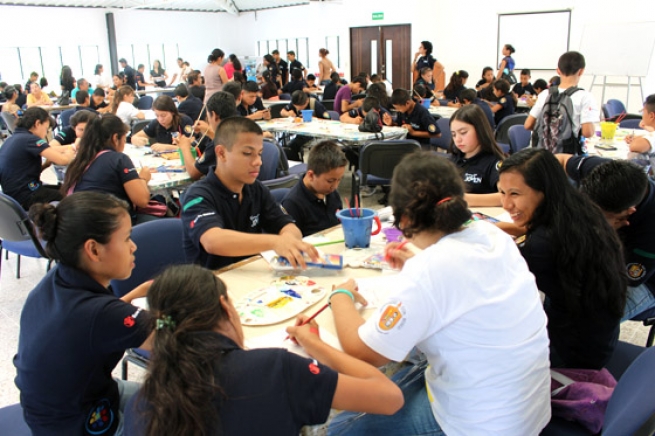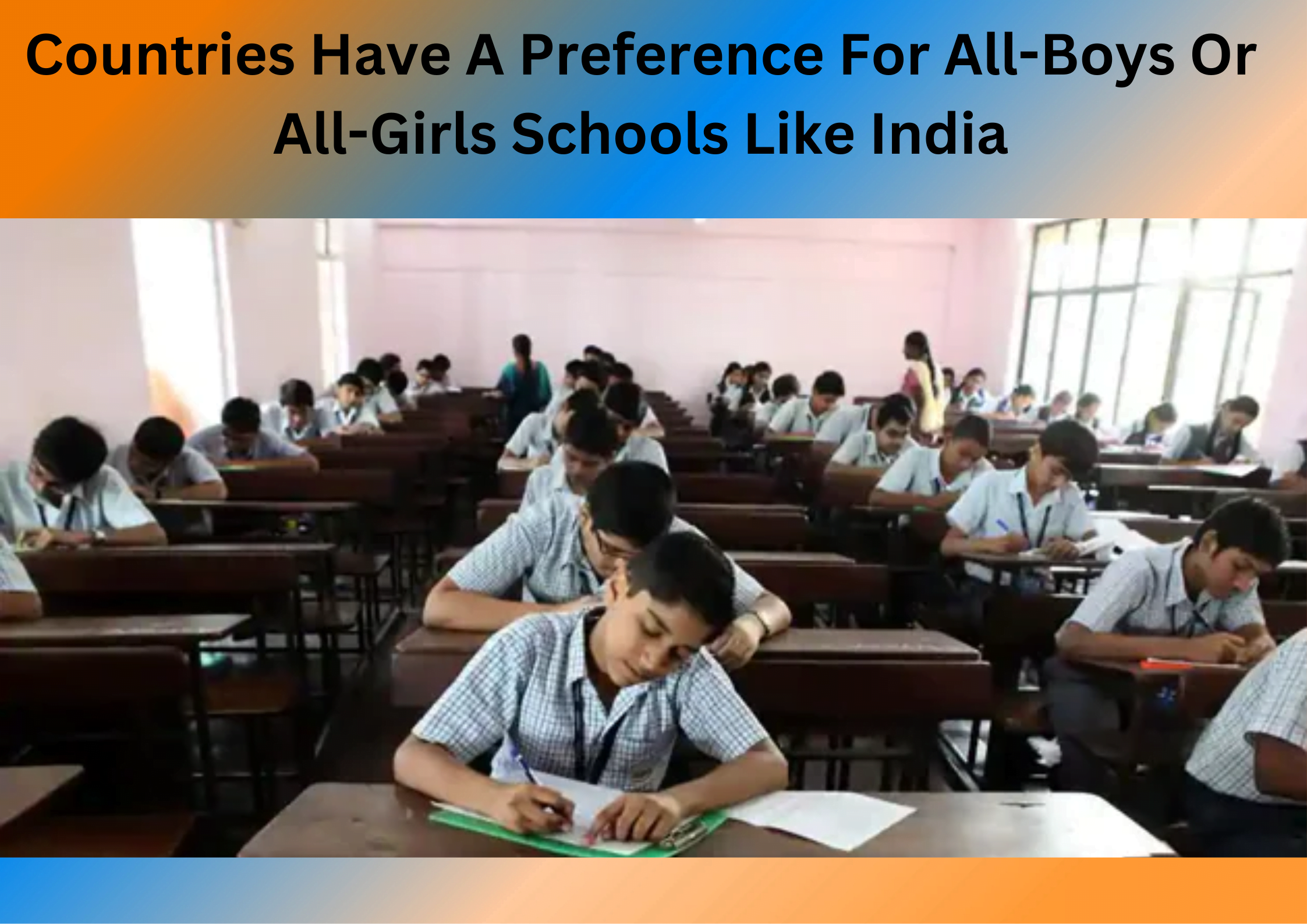As the title suggests, I’ve been wondering if there is a preference for all-boys or all-girls schools in other countries as in India. With so much emphasis on gender equality and women empowerment, it’s hard to believe that parents here have more faith in all-boys than in girls’ schools.
As per research conducted by Best Schools In Dehradun, Single-sex schools might result from parental preference, a form of self-segregation that runs counter to the ideal of inclusiveness in education. But as the Pakistani example shows, there are many reasons why parents can decide against sending their kids to coed schools.
That is why the 1960 UNESCO Convention against Discrimination in Education recognised that single-sex schools did not, in certain circumstances, amount to discrimination. Therefore, rather than asking whether the environment is best, the inquiry should be why single-sex schools occasionally provide higher results and how to duplicate those advantages in more inclusive settings.
Also Read : What are the Coeducational School In India?
Complementary Education

Complementary education refers to the practice of providing separate education for boys and girls. This practice is common in some countries like India, where children are taught in all-boys schools or all-girls schools. This practice is also found in other countries such as Germany and France. In India, there are no co-educational schools anymore. The girls and boys are taught separately.
The main reason that parents send their children to such schools is that they believe that boys and girls learn differently from each other. They believe that boys need more discipline than girls and vice versa. Thus, a school should have different types of teaching styles for both genders so that they can achieve their full potential.
Another reason why parents choose this type of education for their children is that it helps them build strong bonds with one another. They feel like they are part of a special community when they go to an all-boys or all-girls school because everyone around them shares the same interests and hobbies as them.
This makes them feel good about themselves because they know that they belong somewhere else than just home alone watching TV all day long while their parents work hard outside at their jobs
A Key To Success

If you’re a parent looking for the best school for your child, the decision might seem like a no-brainer: all-girls schools have always been the choice of parents who are looking to raise independent, strong girls. But what about boys?
Boys, too, can benefit from an all-boys experience. While girls tend to do better in single-sex environments, boys do not necessarily suffer in coed classrooms. They may thrive in an environment that encourages them to be more thoughtful and empathetic. In addition, all-boys schools provide students with the opportunity to develop their unique identities without having to compete with girls for attention or resources.
But what about parents who want their kids to learn from members of both genders? Is there any reason why they should look at an all-boys or all-girls school?
The answer is yes! Children who attend single-sex schools indeed tend to perform better than those who don’t—but this isn’t because of gender alone. Many factors go into determining how well students will perform in school, including socioeconomic status and family structure (single vs two-parent household).
All-Girls Schools

All-girls schools are a growing trend in countries across the world. They’re a great place for girls to get an education, and they also provide a space where girls can learn to respect each other and build friendships that last a lifetime.
All-girls schools are a great option for parents who want their girls to receive an education in a safe, nurturing environment. They can be located anywhere in the world, including India and other countries.
There are many benefits associated with all-girl schools. Girls who attend such schools generally perform better in math, science and language arts than those who do not. In addition, they tend to have more self-confidence and less anxiety than girls who attend co-ed schools.
All-girls schools are on the rise in India and other countries. These schools have been popping up all over the world, and they’re not just for girls—there are also all-boys schools that have been growing at an exponential rate.
Some of the reasons for this increase in popularity include:
* Increased focus on women’s education
* The idea of a safe space for girls
* Parents who want their daughters to be able to pursue their dreams without having to worry about men’s advances while they’re doing it
The best part about all-girls schools is that they are usually cheaper than co-ed counterparts because there are fewer distractions for students and less money spent on facilities like sports fields or gyms. This means that parents can save money on tuition fees or daycare costs because they don’t need these things as much when their children attend an all-girls school.
What’s The Difference?
Coed schools and single-sex schools are two very different beasts.
Coed schools—also known as coeducational, coed, or mixed-sex schools—are the norm in most parts of the world. In most coed schools, there will be no boys’ or girls’ uniforms; students may wear whatever they like. students are generally not separated based on their gender for any reason other than physical education classes (which may also be optional).
Single-sex schools are more common in some parts of the globe than in others. In some countries, such as China and India, most private schools are single-sex; many public schools follow this model as well. Single-sex school environments tend to have stricter rules about what students can wear and how they should behave than coed environments do. They also generally offer sex education classes for students who want them.
Co-Ed and Single-Sex Schools: Pros and Cons

Pros For Co-Ed Schools
- Motivation and success in the classroom
- Promotes more positive attitudes in school
- Preparation for the real world of work and social life
- Broadens the level of diversity
- Facilitate socialisation with the opposite sex
- Educate both male and female students about each other
Cons For Co-Ed Schools
- The students don’t feel comfortable sharing their feelings
- Peers make fun of those who are different from others.
- Boys can tease girls by calling them names, while girls may taunt boys if they seem shy or are not very athletic.
- Boys may feel pressure to act like a man when around girls- This could cause them to become aggressive or hostile towards their teachers and peers to assert power over others.
The battle of the sexes is a constant struggle that can be distracting from academics and learning.
Pros Of Single Sex Schools
- One experiences Greater comfort.
- There are Fewer distractions.
- There is a sense of belonging.
- Students are less distracted in school.
- Students take fewer risks.
- Students perform better academically.
- Students tend to have a clearer view of who they are and what they want to be.
Cons of Single-Sex Schools
- Single-sex education can lead to more stereotyping.
- Single-sex schools are less diverse.
- It’s easier for parents to simply send their kids to the local coed school.
- The cost of private school can be prohibitive.
Statistics
In nations as different as Chile, Ireland, Israel, and Singapore, gender segregation in separate classes or schools is typical. It is also widespread in many countries with a majority of Muslims. Additionally, single-sex schools are more common in secondary education than primary schools, going from nearly none in lower secondary education in England to almost one in five (United Kingdom).
The majority of nations correlate with the number of single-sex schools and the number of kids attending them. The size and nature of schools, which are frequently single-sex institutions, are exceptions. For instance, 84% of grade 4 children are enrolled in single-sex primary schools in the Islamic Republic of Iran (66%) because public single-sex schools are more considerable than private co-educational institutions.
Conclusion
India has a long history of single-sex schools, but other countries have different reasons for doing so. Going to a single-sex school can help students make the most of their education.
For any queries related to parenting, schooling, or any student-related tips, click here to check out our latest blogs






